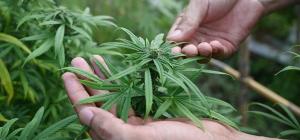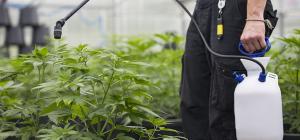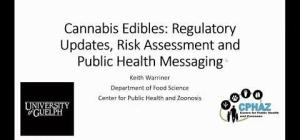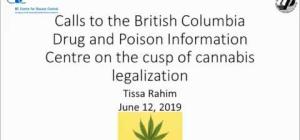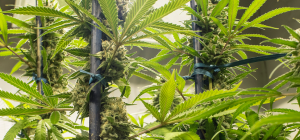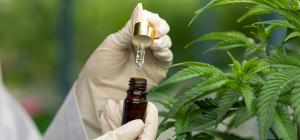
Contaminants in black market cannabis: Consumers need answers

Legalization of cannabis in 2018 was intended, among other things, to cut off funding to organized crime by removing revenue streams from the sale of illicit cannabis. Public health broadly supported this move because legalization would remove the stigma surrounding the use of this substance, and allow public health to promote safer use (and treatment for problematic use) openly and proactively. Regulation and oversight would also ensure that safe production practices were being followed, that products would be tested, and that the consumer would be in general better informed as to what they were buying.
However, more than a year after legalization, only 28% of cannabis-using Canadians are purchasing all of their cannabis from a legal source, and only 47% are purchasing some of their cannabis from a legal source. This may be due to confusion, for some consumers, as to what sources are legal and which are not, as well as the ability of black market sources to use colorful packaging, provide cross-country shipping, and a wide range of other purchasing incentives.
Because more and more Canadians are trying cannabis for the first time, continued reliance on black market cannabis raises several concerns. The first is that the public may be exposed to a number of harmful substances. A recent systematic review found that pesticides, microbes, heavy metals, and other adulterants have been detected in various cannabis products, although the long-term effects of such exposure are unknown. In Oregon, even legal producers have been found to be using a number of unapproved and highly hazardous chemical products, underlining the need for strict regulation and monitoring in this industry (as currently exists in Canada). The sudden emergence of vaping-related lung injury, first in the US and now in Canada, has further demonstrated the dangers of additives like vitamin E acetate and other thickeners being used in unregulated vapes.
Similarly, those purchasing illicit cannabis may be getting more (or less) than they bargained for with respect to cannabinoid levels. Even amongst legal producers, the most common cause of cannabis product recall is the over- or under-representation of THC or CBD levels on the product label. Over-representation defrauds the consumer, while under-representation can have serious consequences for consumers who then consume too much. A recent BCCDC study looking at cannabis-related calls to the Drug and Poison Information Centre showed that the number of poisonings related to edibles and cannabis-based “medications” increased from 2013 to 2018, perhaps due to the lack of standardized dose and labelling on illicit products.
Despite these information gaps, there has been little to no analysis of illicit cannabis products in Canada, making it difficult for public health to communicate with cannabis users about the potential risks. Does illicit cannabis contain more pesticide residue than licensed products? How reliable is that product label? What other additives are present that could have adverse human health impacts?
Legalization has broadly failed to eliminate black market producers, and the wide availability of the unregulated, untested product raises serious concerns for public health. Better information on black market cannabis is needed to address these concerns, both to support public health activities (like health risk assessment and advice from poison control centres) and to give consumers the ability to make risk-informed decisions about cannabis use.
More Information
For more cannabis resources, including our popular video on Growing Cannabis Safely at Home, please see our cannabis topic page.

